Fruits without seeds, also known as seedless fruits, are varieties cultivated to eliminate or reduce seeds for easier consumption and even aesthetic appeal.
These fruit choices offer convenience and enhanced eating experiences, making them popular in many dishes and beverages.
However, when mentioning this, you can usually think about familiar fruit varieties like watermelon, banana, or tomato. So you need to check the list below, and you will be surprised by their diversity.
In addition to these options, I’ll also explain how seedless fruits are grown, their pros and cons, and the differences between fruits and vegetables.
Read on!
12 Fruits Without Seeds with Filters
Let’s explore my comprehensive list of 12 seedless fruits. This selection allows you to utilize our filtering tool to easily organize the fruits by various categories, such as national, exotic, fruit vegetables and those commonly used in meals, drinks, or as decorative elements.
Banana
- Central African Republic
- Cyprus
- Egypt
- For Beverages
- For Dishes
- National
Banana is a familiar seedless fruit across the world. This fruit was first produced in Africa about 650 AD.
It belongs to the Musa family, which is native to Southeast Asia. As a kind of tropical plant, bananas are widely grown in warm areas. Some varieties are naturally seedless, while some are modified to lose their seeds. Others (usually those grown in the wild) still retain theirs.
There are many different types and sizes of bananas. The color usually ranges from green to yellow. However, there are now several varieties of red bananas.
Bananas can be eaten raw when ripe or used in cooking and baking. Unripe bananas, which are firmer and less sweet, can be cooked and are a key ingredient in dishes. Overall, these fruits are a healthy source of fiber, vitamins B6, C, and antioxidants.
Pineapple
- Antigua and Barbuda
- Taiwan
- For Beverages
- For Dishes
- For Garnish
- National
Pineapple is a tropical fruit with a rough, spiky exterior and sweet-and-sour flavor. It’s actually a composite of multiple berries that fuse together around a central core, creating a single large fruit.
You can use pineapple in many different recipes, such as making juice, dishes, or as marinades to soften meat.
However, it is quite hard to prepare this fruit for eating or cooking. You have to peel it cleanly because pineapple eyes aren’t edible. At the same time, you also have to be careful when handling them because they have many sharp spikes around them.
Pineapples are also rich in vitamins, minerals, and antioxidants, notably vitamin C.
Tomato
- For Dishes
- Fruit Vegetables
If you are bored with the regular version of tomatoes, try the seedless tomatoes, a variety that is bred to develop and mature without the formation of seeds.
The development of fruit doesn’t require fertilization. Compared to the normal version, seedless tomatoes have more flesh than juice, but they still boast a pleasantly tangy sweetness. Therefore, they are an ideal snack or an ingredient for sauce, spaghetti, or salad.
Tomatoes contain a lot of fiber, vitamins A, C, and B, and many other minerals. It has the effect of preventing cancer and losing weight.
Coconut
- Maldives
- Exotic
- For Beverages
- National
Referring to the best refreshing fruit, you must think of coconut. Although there is the word “nut” in its name, you cannot find the seed inside it.
Biologically speaking, coconuts are a drupe. They are classified as single-seeded fruits enclosed in a hard outer coating.
To buy the best coconuts, go for those with fresh and intact stems. You can also gently tap a coconut with your finger to check its quality. If that produces a clear and high sound, the coconut comes with thick meat and a lot of sweet water.
Grape
- Spain
- Turkey
- For Beverages
- For Garnish
- National
In nature, all types of grapes have seeds. But since the 1870s, many growers and scientists have developed methods to create seedless grapes from asexual reproduction.
Until the mid-1920s, farmers in California bred a variety of seedless grapes that made it more popular. It has been loved throughout North America for more than 100 years.
Seeded and seedless grapes have similar flavors. However, seedless grapes are much more convenient to enjoy. Because of that, their prices are higher than normal.
The most common seedless grape variety is the American red seedless grape. They are grown a lot in California and Washington, where the climate is dry and warm.
Berries
- For Beverages
- For Garnish
There are more than 400 types of berries, and some popular ones like strawberry, cranberry, blueberry, blackberry, etc.
Many types of berries, like blueberries and strawberries, have no seeds. It is probably the reason why they are favored by many people. However, not all berries, such as cranberries, are seedless.
Round and soft berries come in many colors, mostly blue, red, and purple. They taste sour or sweet and are often used to make jams or desserts.
Regarding health benefits, they contain fiber, vitamin C, and antioxidant polyphenols, which can reduce the risk of diabetes.
Cucumber
- For Dishes
- Fruit Vegetables
Cucumbers are considered fruits in botany because they contain seeds. It has been cultivated for a long time and distributed in many countries, such as China, the USA, Japan, and Spain.
Thanks to crossbreeding, there is another version with dense flesh and almost no seeds. Such cucumbers have little or no cucurbitacin content.
Seedless cucumbers are fleshy with dark green and thinner outer skin than the others. Their prices are usually reasonable, too.
They come in varieties like white cucumber, baby cucumber, Shiraz cucumber, and more. Each kind has a different sweetness and crispy taste.
Orange
- For Beverages
- For Dishes
- For Garnish
Another seedless fruit that I can list is orange. These oranges have been selectively bred to either produce no seeds or have very few.
Seedless varieties, like Navel oranges are especially loved for their easy peeling and segmenting qualities with sweet, juicy flavor.
In addition to making dishes and drinks, orange peel is valuable in Chinese medicine. Oranges are rich in vitamin C, fiber, and antioxidants.
Clementine
- For Beverages
Clementines are a small variety of mandarin oranges. Typically, clementines have few to no seeds. That’s why it’s a convenient snack and a favored choice among citrus fruits for both adults and children.
The seedless nature of clementines is more likely when the trees are isolated from cross-pollination by other citrus varieties.
Overall, the fruit has a sweet flavor and easy-to-peel, glossy skin. The fruit is divided into easily separable segments, with juicy, tender flesh with a balanced blend of sweetness and acidity. Furthermore, clementines are a nutritious treat rich in vitamin C and antioxidants.
Lemon
- For Beverages
- For Dishes
- For Garnish
Lemons are a popular citrus fruit with a bright yellow color and tart flavor. While most lemon varieties contain seeds, there are seedless versions that offer the same zesty taste without the inconvenience of seeds.
The seedless nature of these lemons makes them particularly handy for cooking and baking. Like their seeded counterparts, seedless lemons are a rich source of vitamin C and antioxidants.
Lime
- For Beverages
- For Garnish
Limes are a citrus fruit in bright green color with a sour taste. One common variety of seedless lime is the Persian lime (Citrus latifolia), or the Tahiti or Bearss lime.
The Persian lime is the most widely produced and consumed lime variety in the United States and many other parts of the world.
They are versatile and popular in cooking, baking, and beverages. Seedless limes offer the same nutritional benefits as their seeded counterparts, which contain high levels of vitamin C and antioxidants.
Watermelon
- Turkmenistan
- For Beverages
- For Dishes
- For Garnish
- National
In 1939, Professor H. Kihara and Nishiyama from the Japanese National Institute of Genetics first produced the seedless watermelon.
Today, you can easily find seedless watermelons in many shapes and types. They still retain their sweetness and juiciness as normal watermelons, making them ideal for desserts and beverages.
Of course, these fruits are high in water, essential vitamins, and minerals. It is especially low in calories and fat. This fruit can quench your thirst and supply many nutrients to your body.
How Are Fruits Grown Without Seeds?
First, please note that seedless fruits are not created by genetically modified organisms (GMOs). Growing them can involve several methods. Here are some general ways to do it.
What Are the Advantages and Disadvantages of Seedless Fruits?
Here are some key notes about non-seed fruits’ good and bad sides.
Advantages
Disadvantages
Next, let’s find out some dissimilarities between fruits and vegetables.
What Are the Differences between Fruits and Vegetables?
Make sure to note down these insights to clarify how fruits differ from veggies.
Fruits
Vegetables
Did you find it interesting to see the list and some related information about fruits with no seeds above? I bet lots of familiar varieties that you don’t know are seedless. Let’s think about how you can incorporate them into your daily diet.
Lastly, I hope the article will help you know more about them. Also, you can share this knowledge with your loved ones. Thank you, and have a nice day!


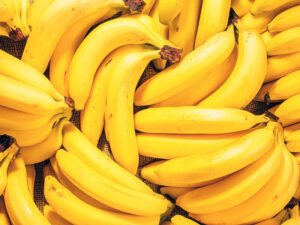
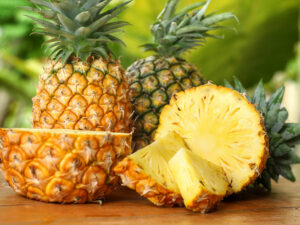
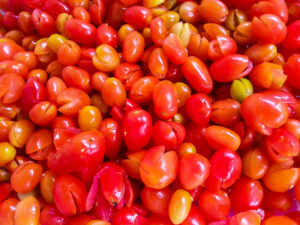
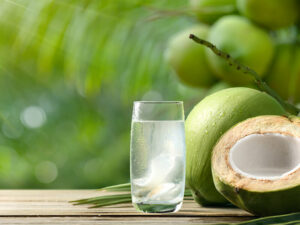
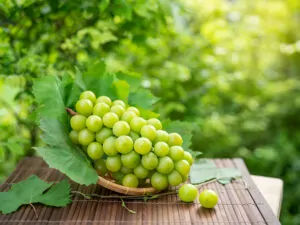
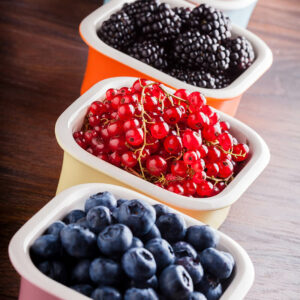
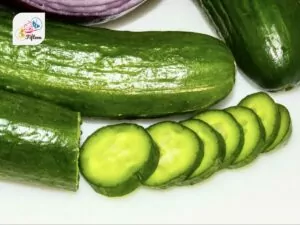

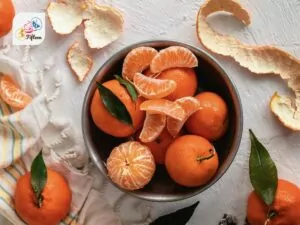
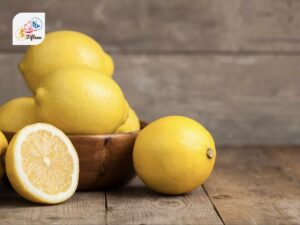
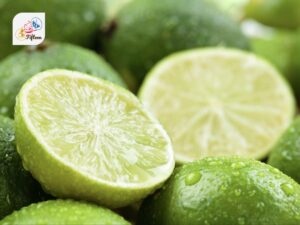
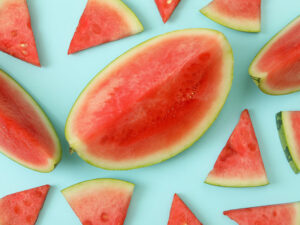
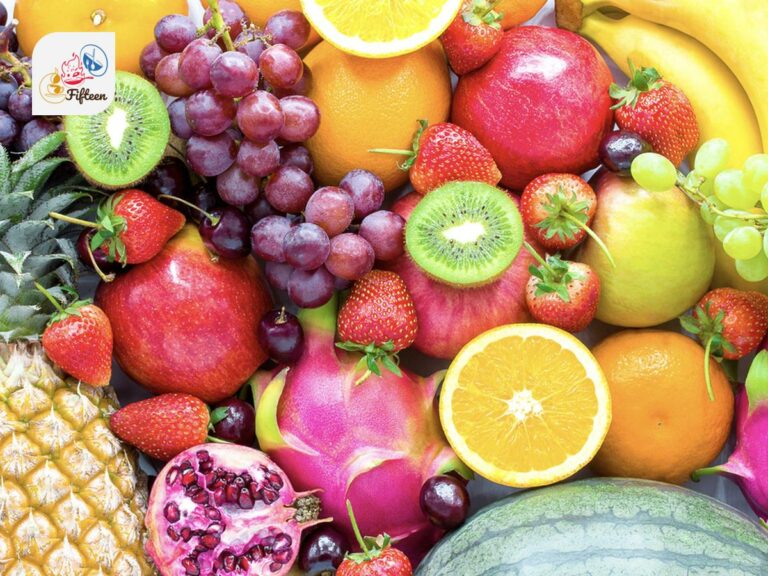
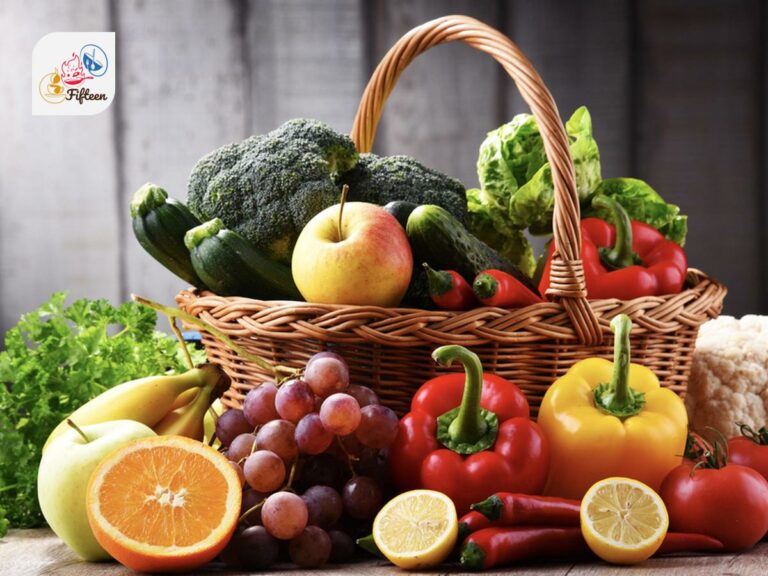
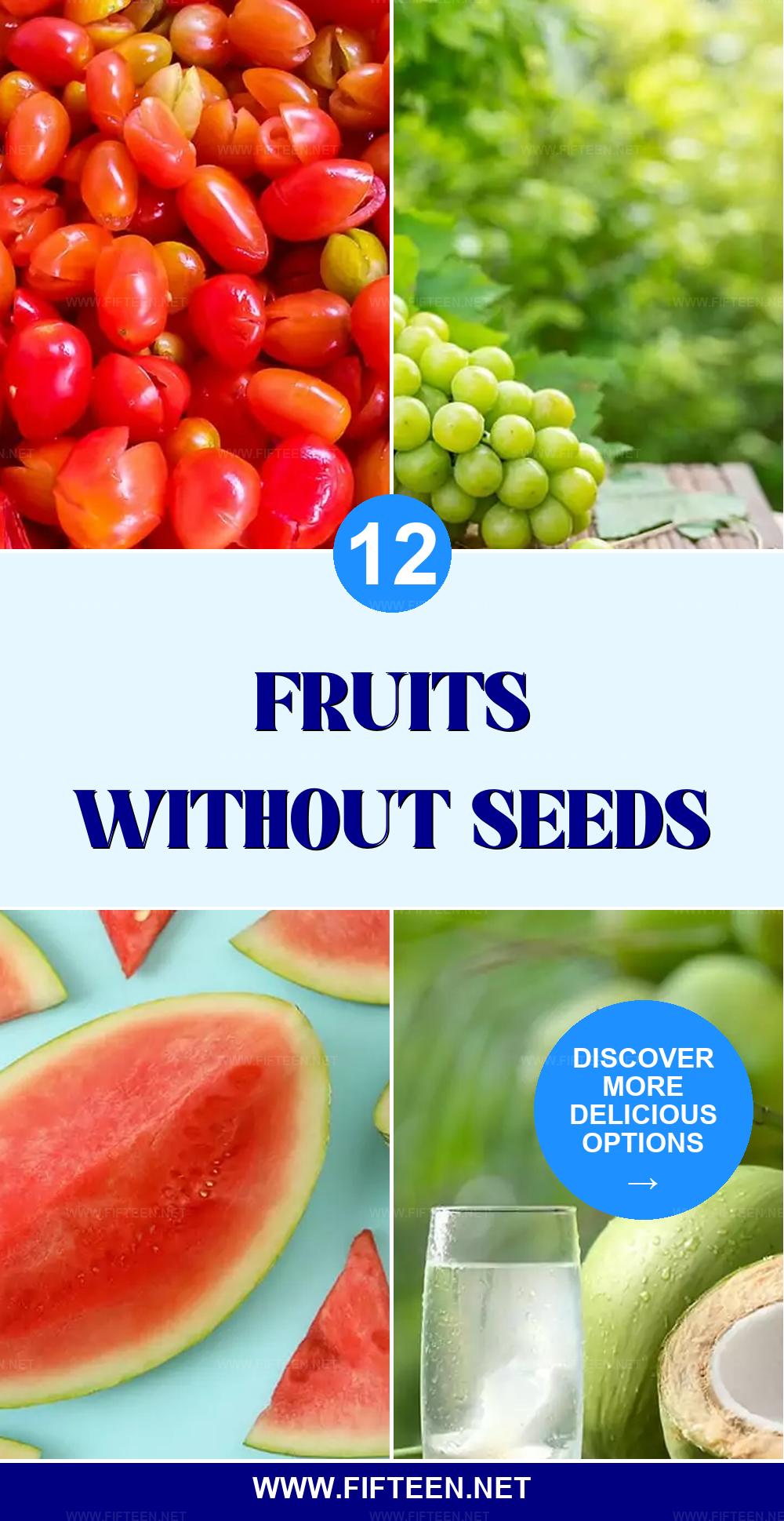
Jamie Scott
Editor in Chief, Senior Content Writer
Expertise
Home Cooking, Meal Planning, Recipe Development, Baking and Pastry, Food Editor, Cooking-video Maker, Western Food Evaluation Expert
Education
Le Cordon Bleu College of Culinary Arts
Local Community College, New York, NY
Jamie Scott is a skilled culinary expert and content creator specializing in Western cuisine. With over 15 years in the culinary field and formal training from Le Cordon Bleu, Paris, Jamie deeply understands how to blend nutrition with delicious flavors. His passion for cooking matches his commitment to making healthy eating accessible and enjoyable.
On Fifteen.net, Jamie brings a fresh perspective to classic dishes and beverages, offering readers insightful recipes, cooking tips, and a fresh view on meal planning that emphasizes taste, health, and simplicity.